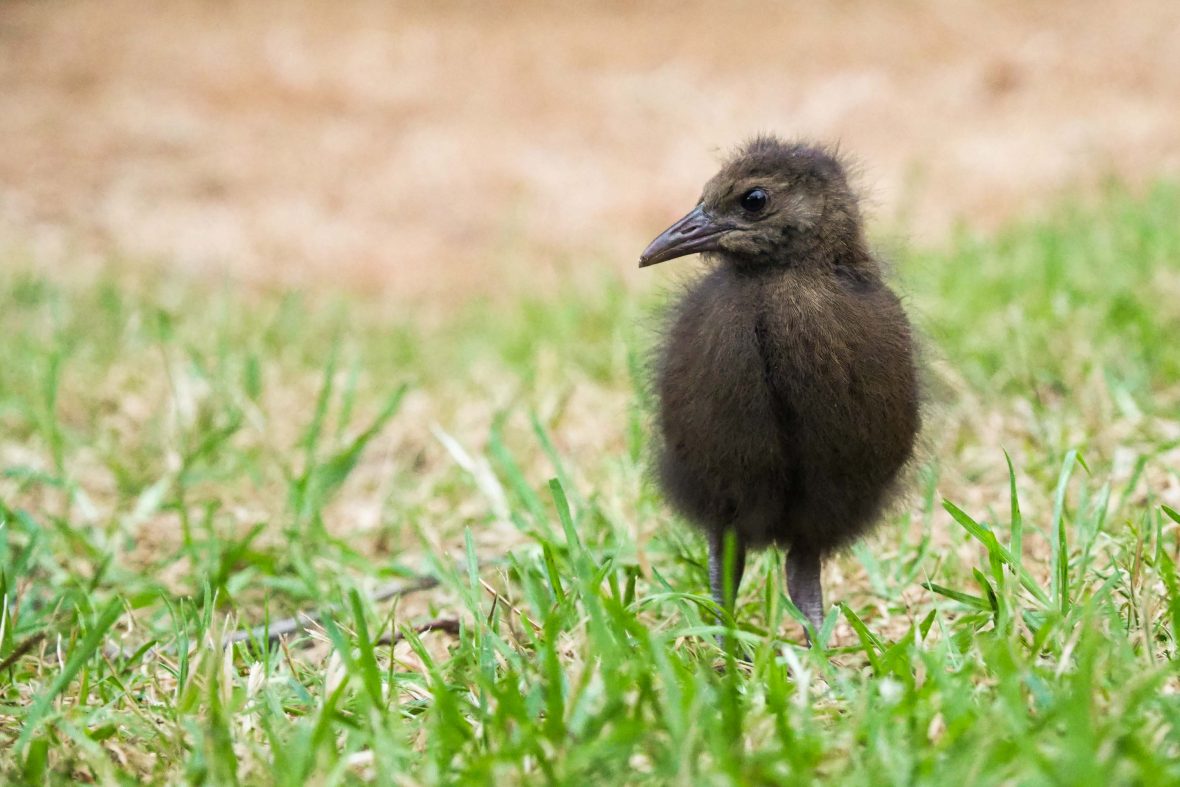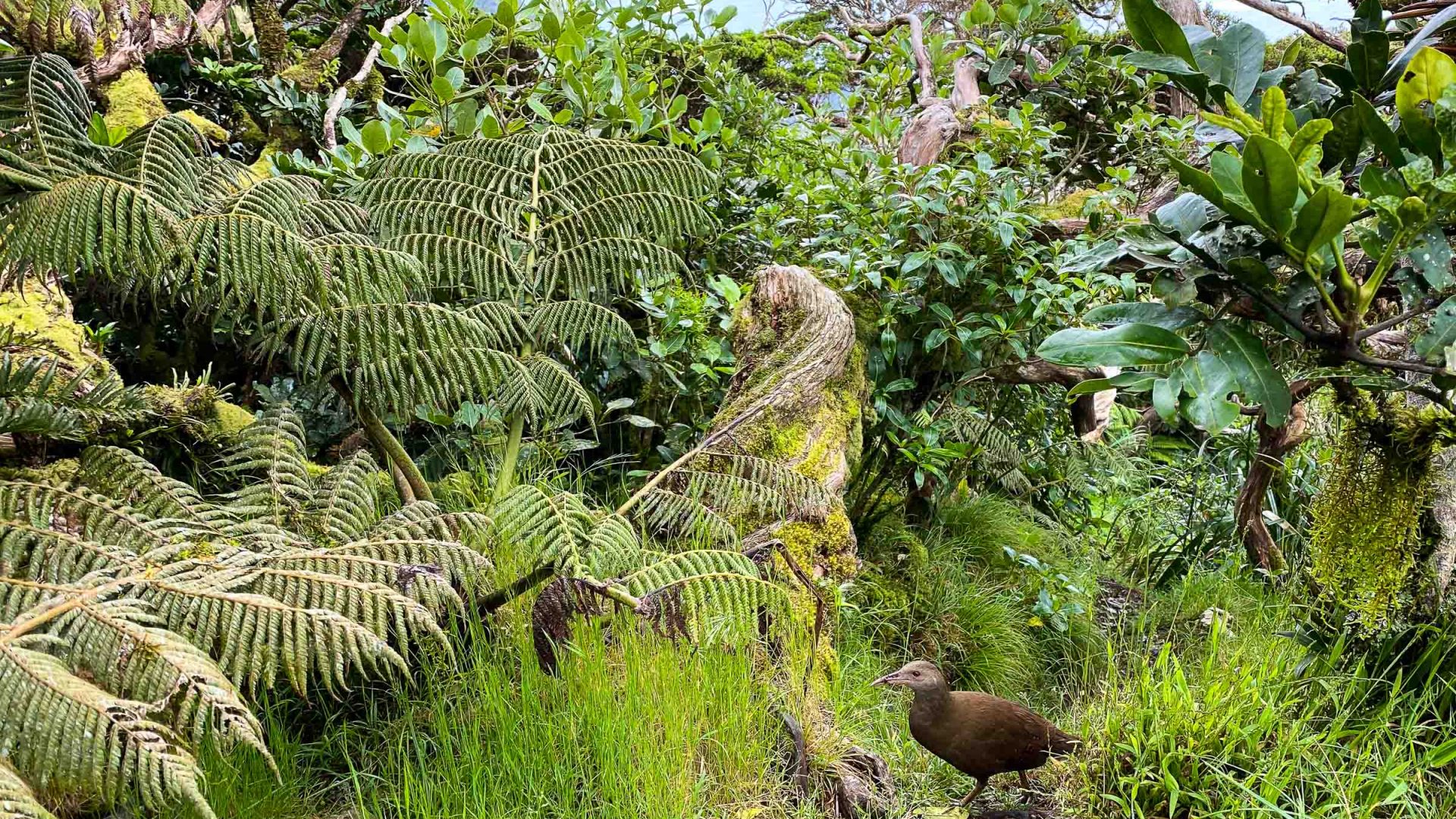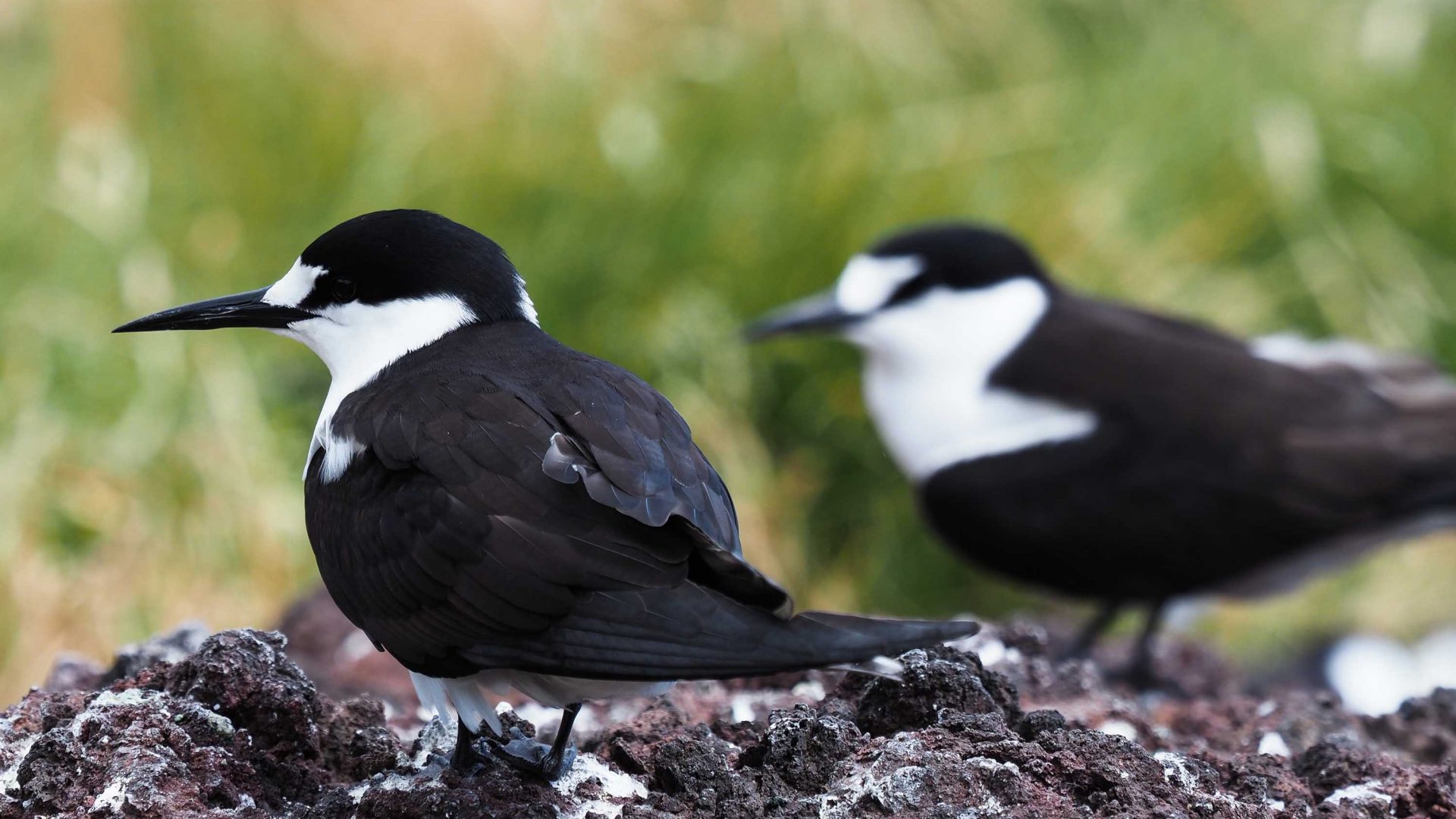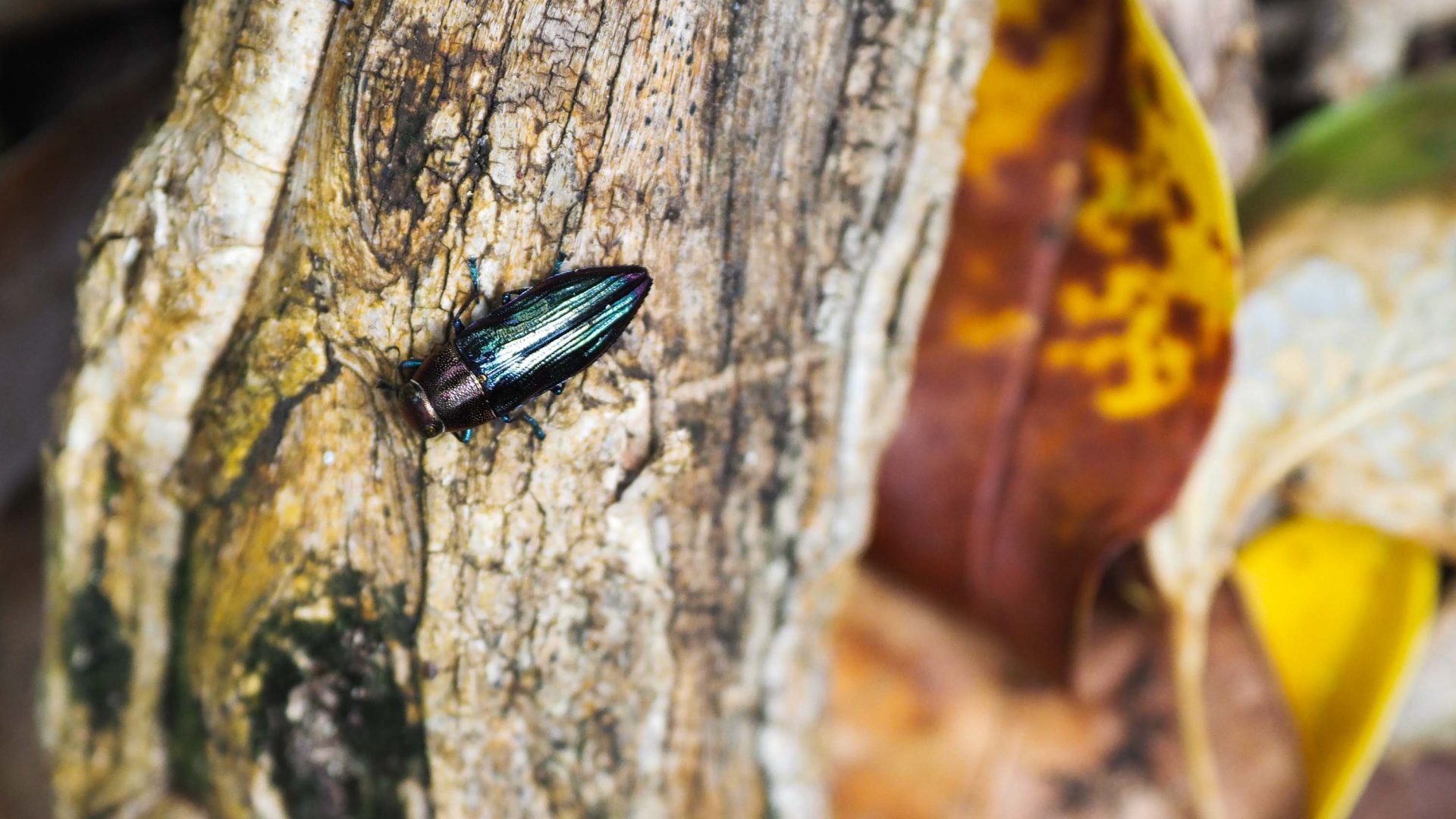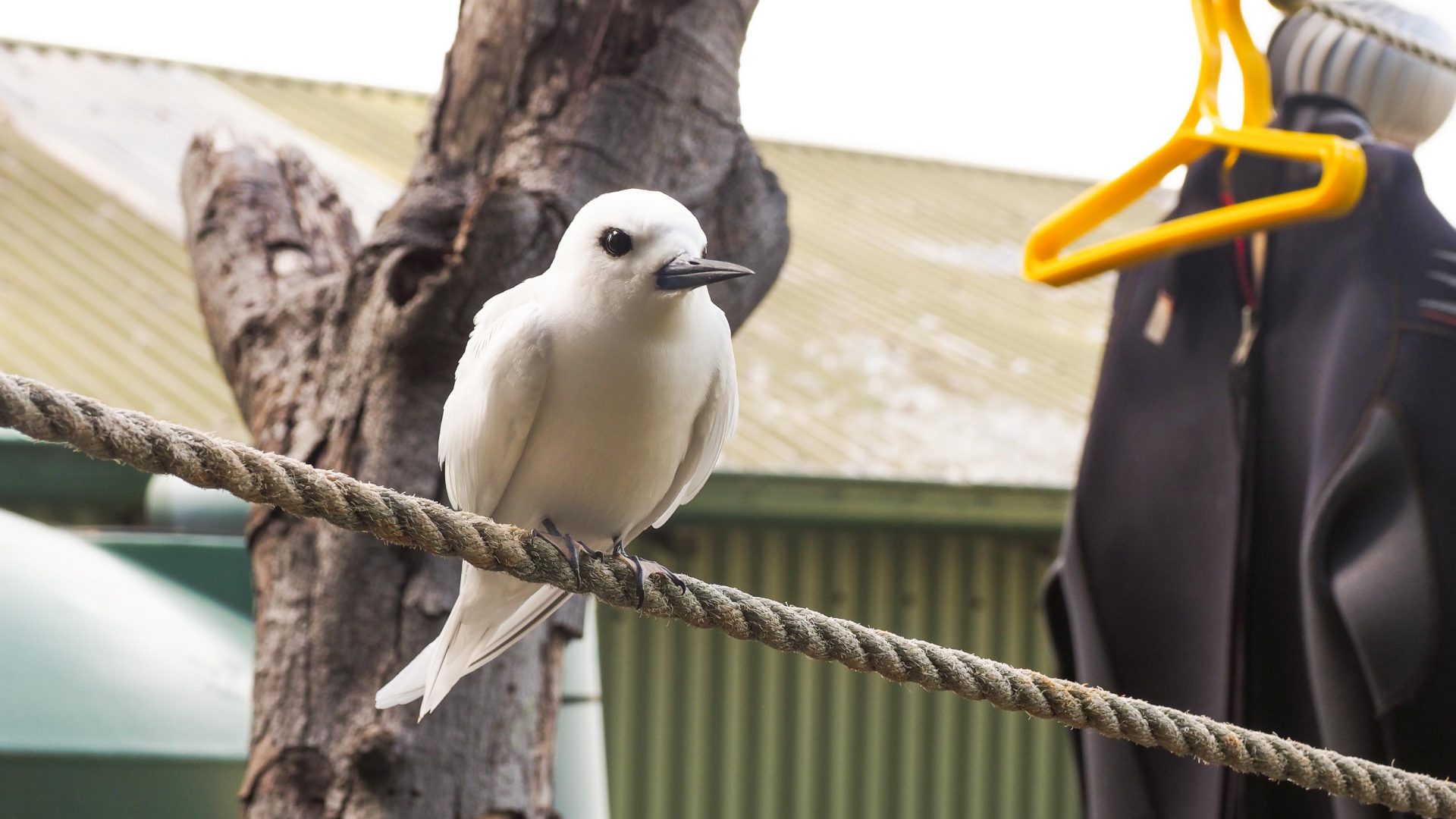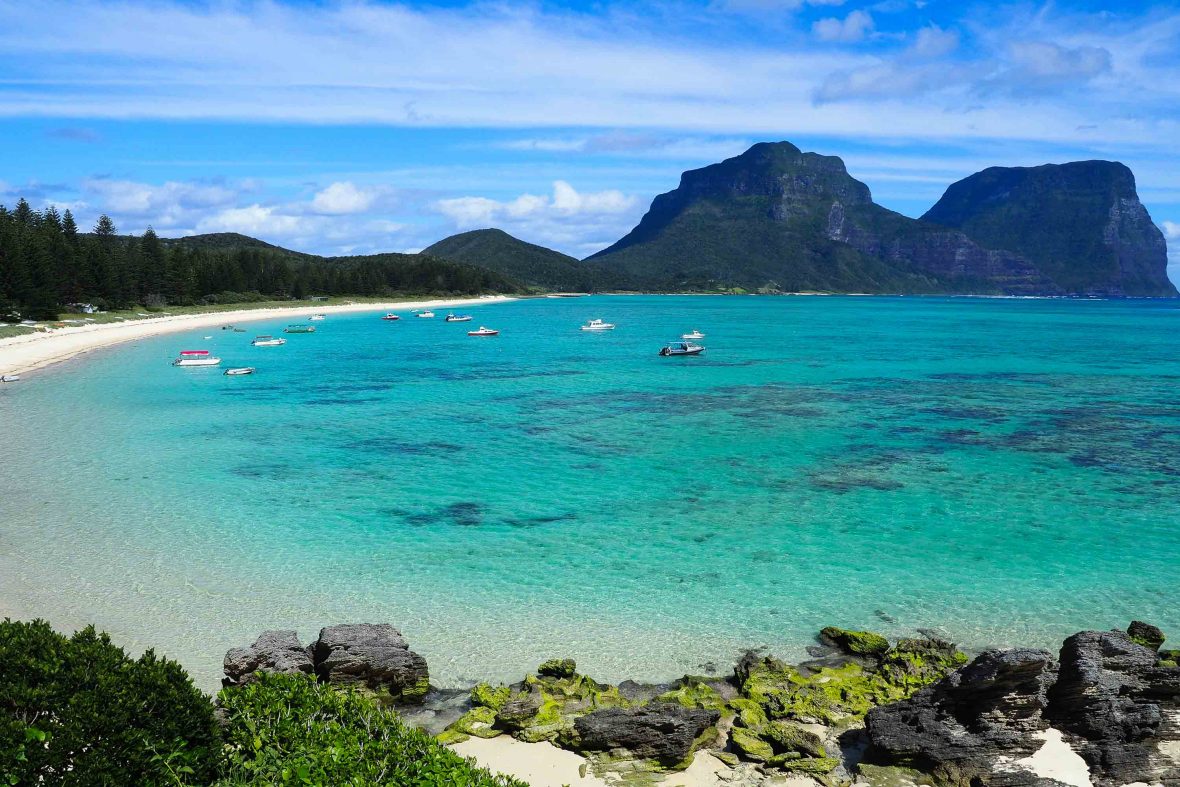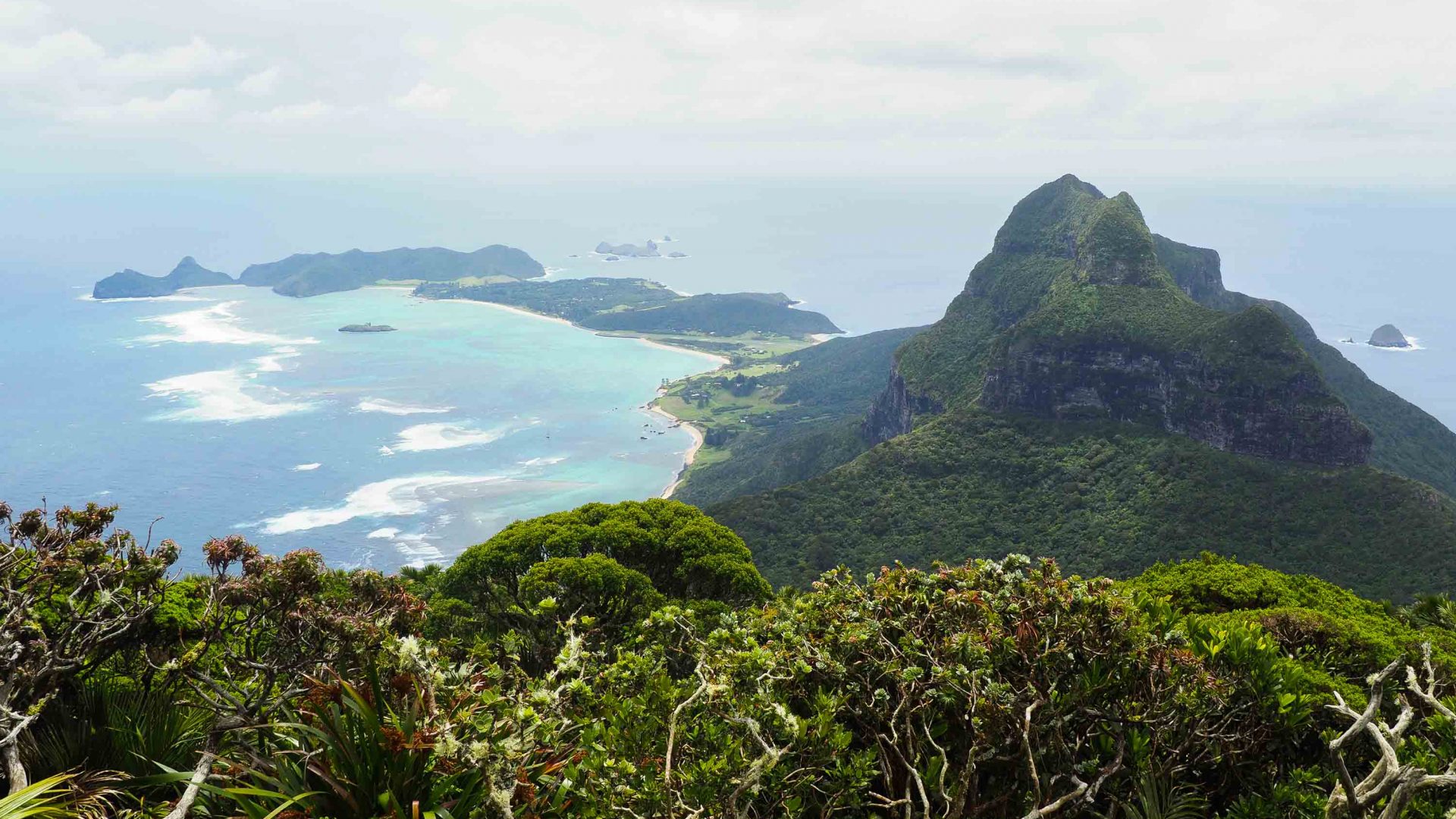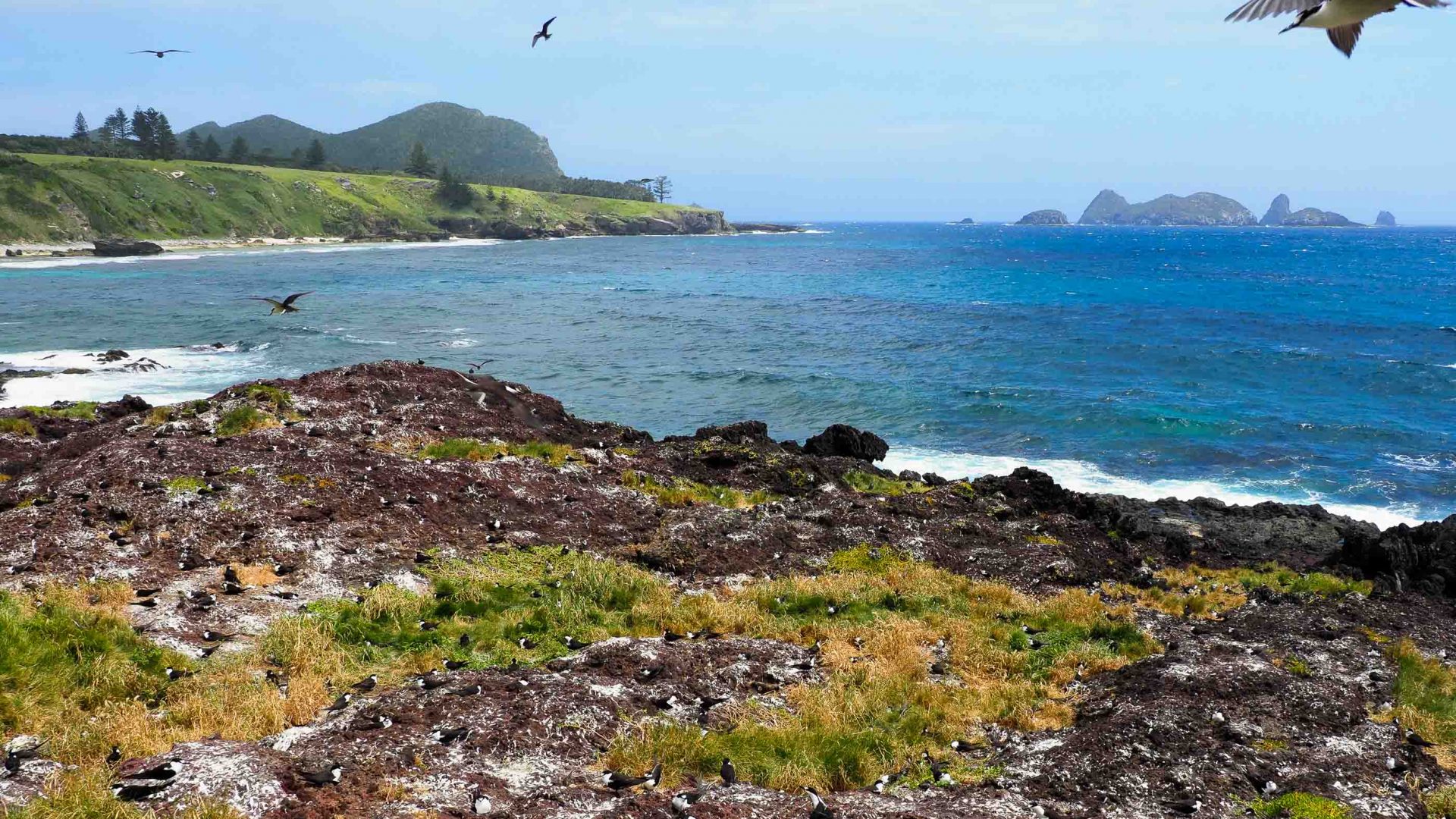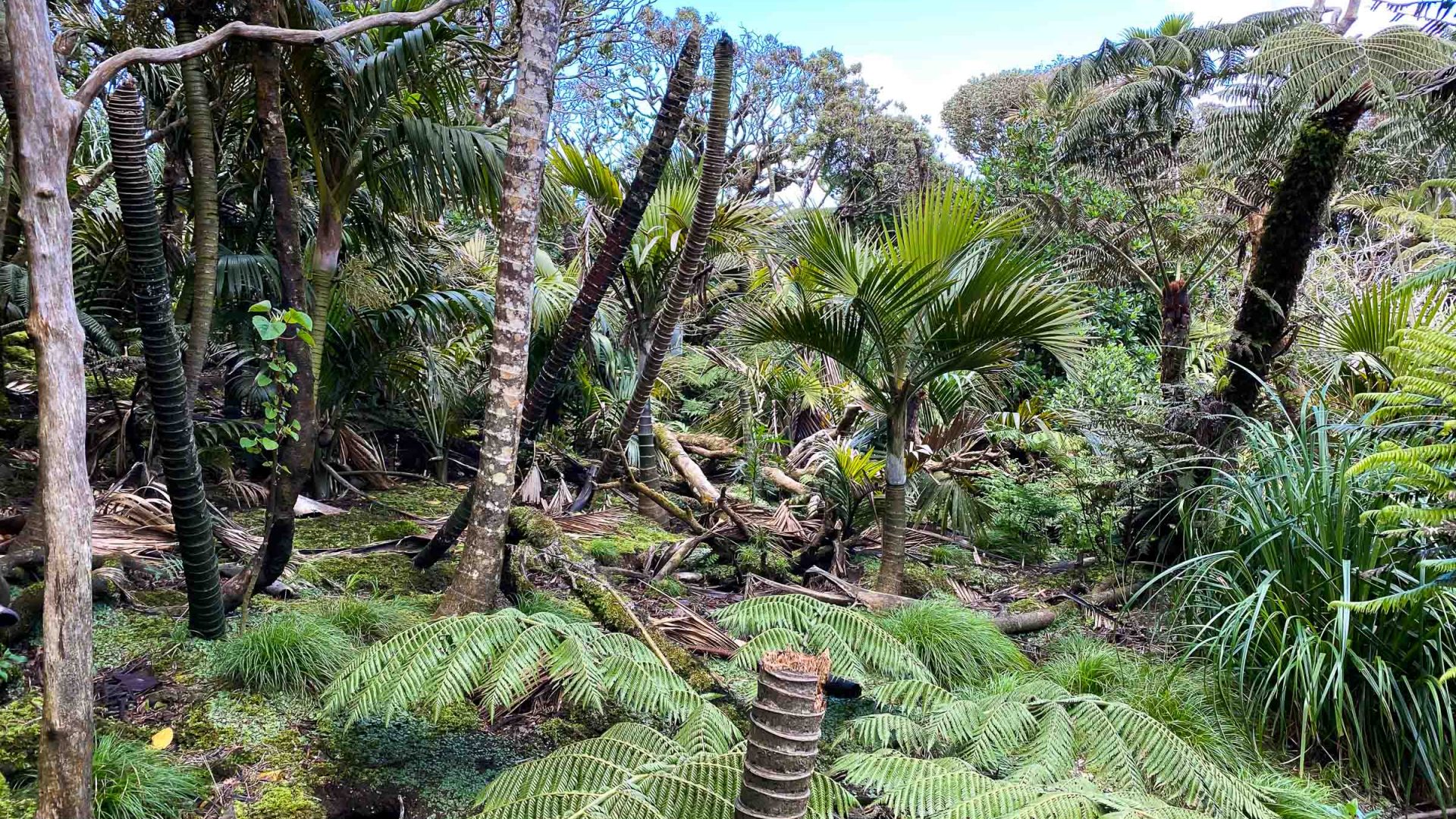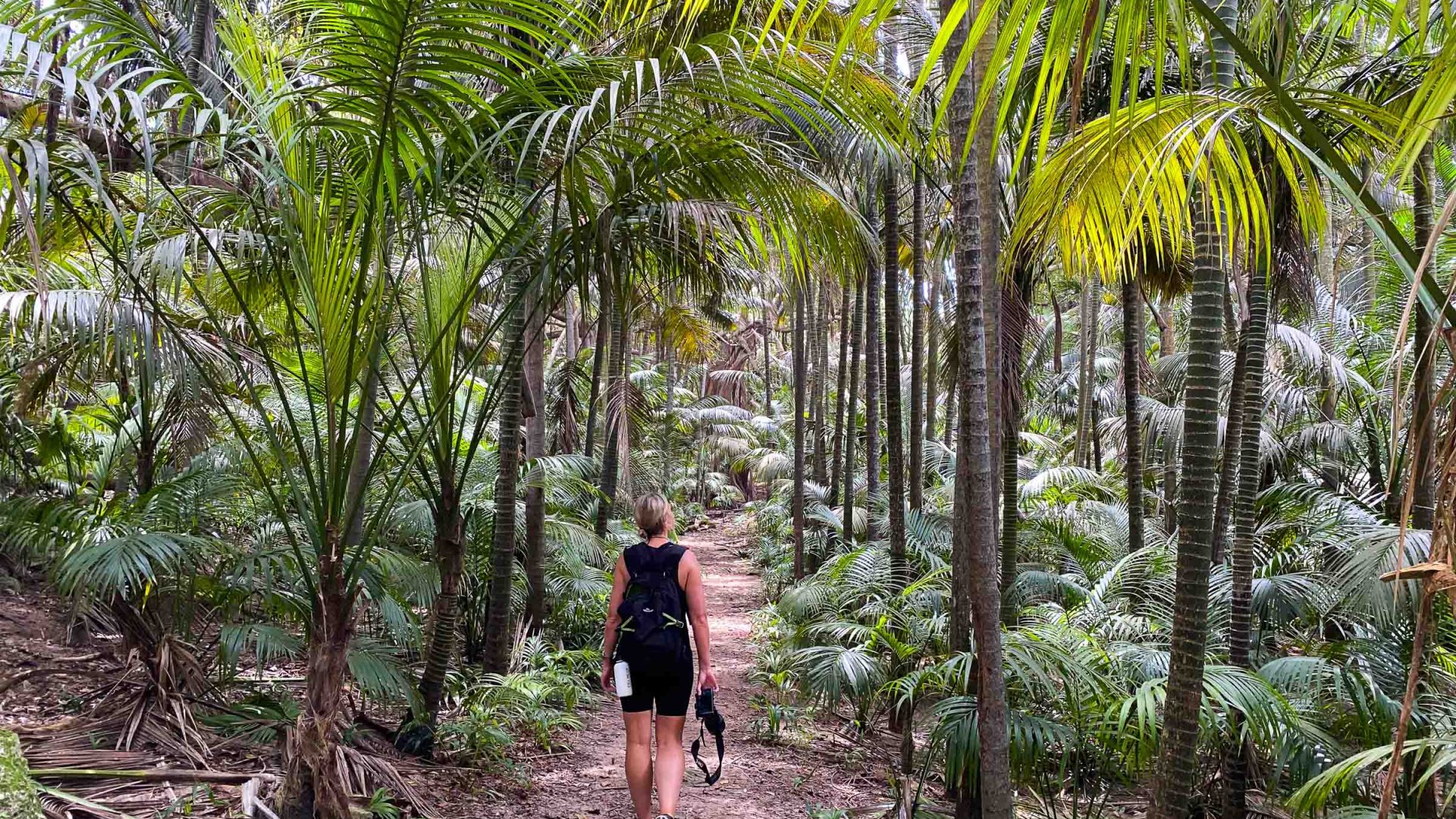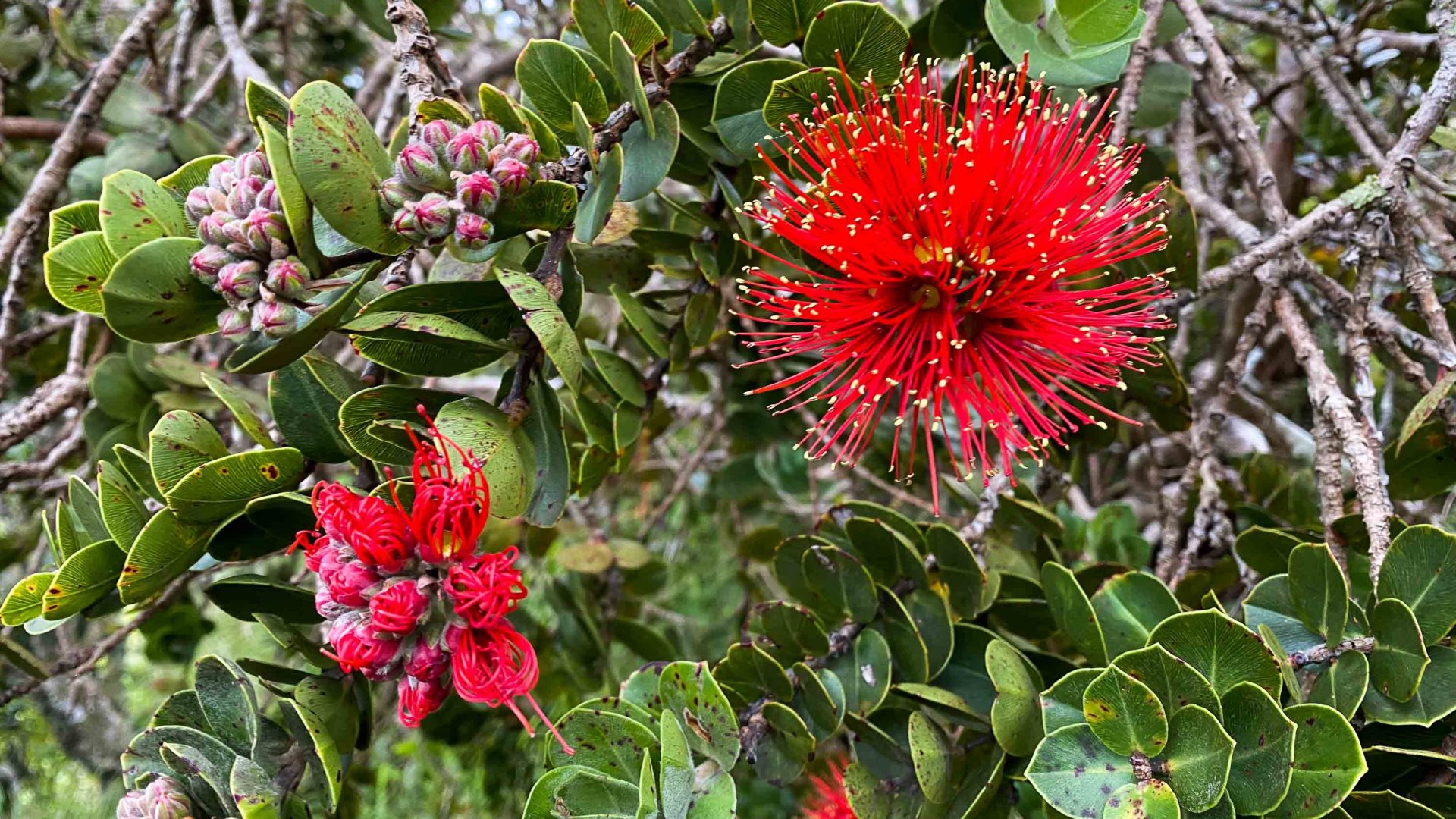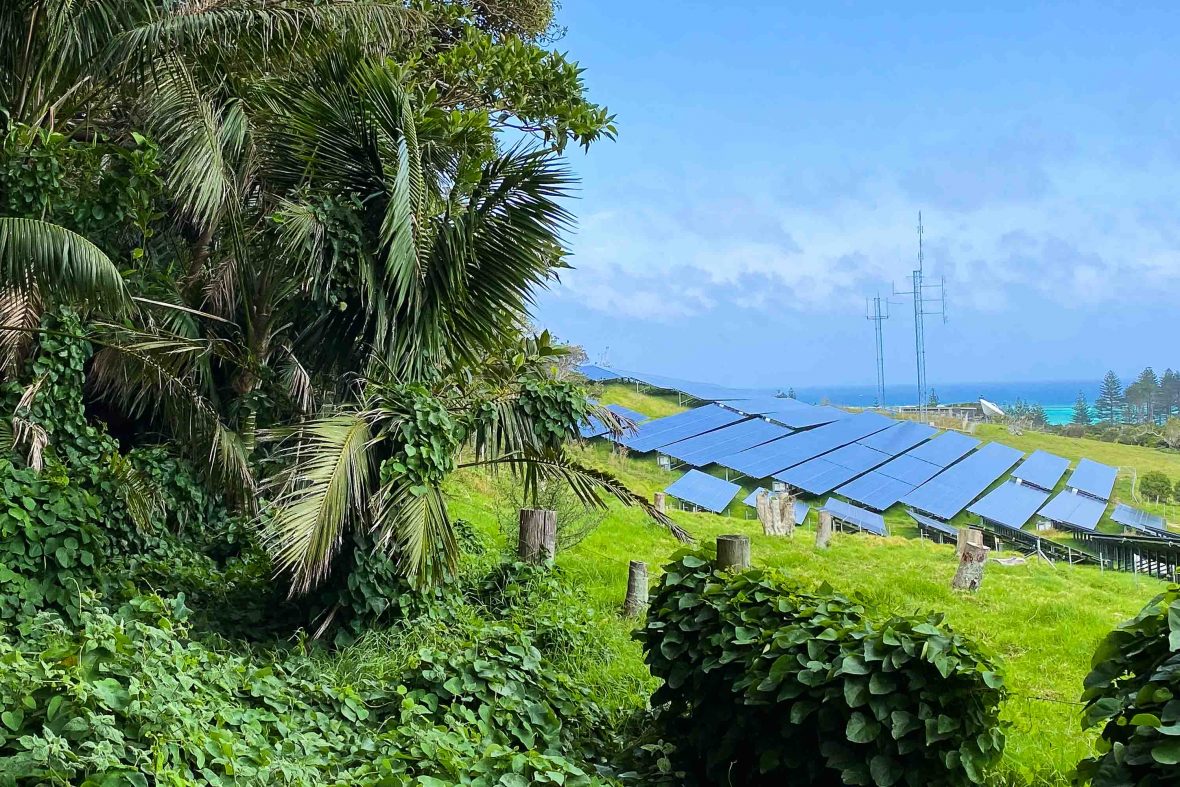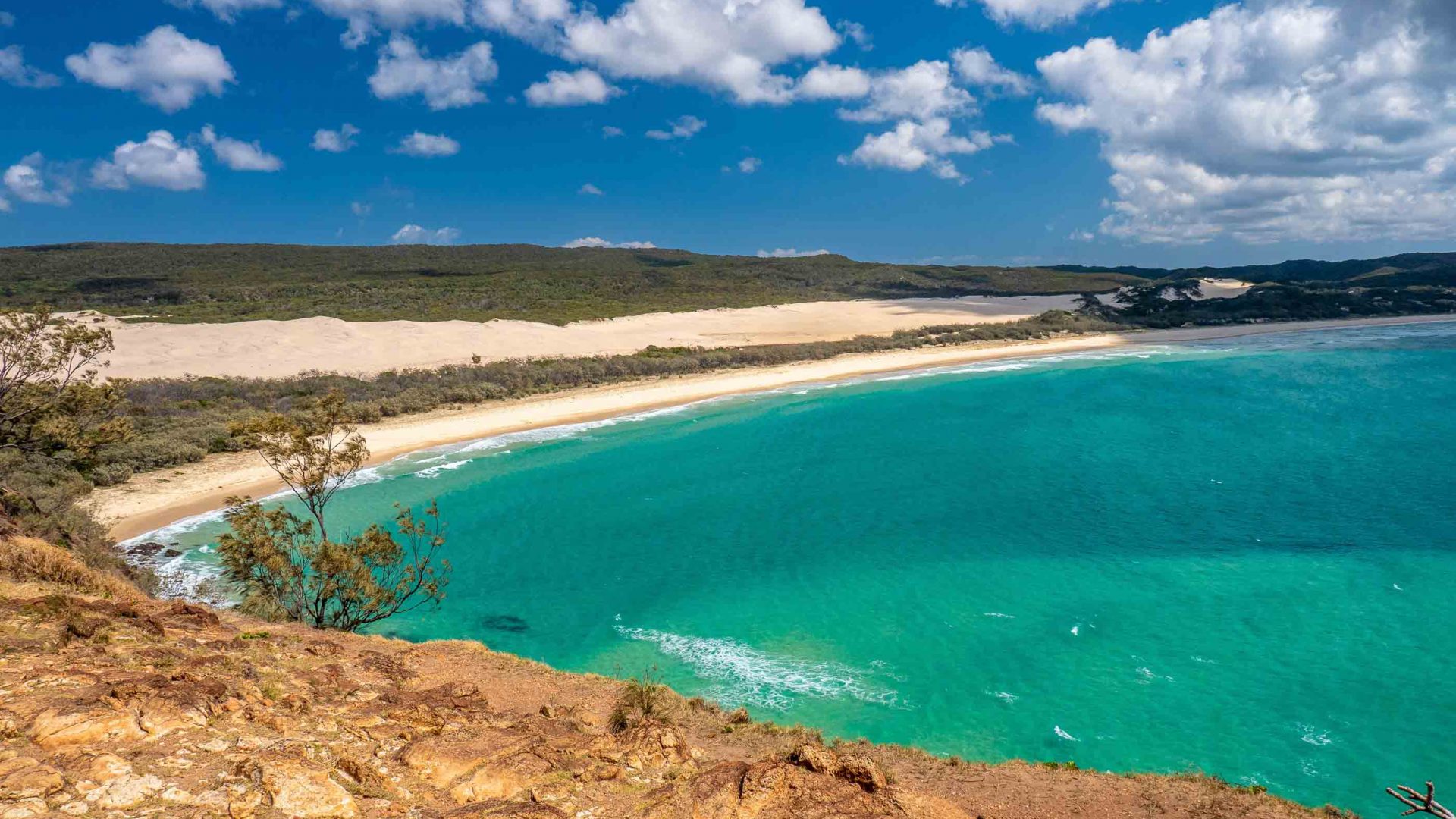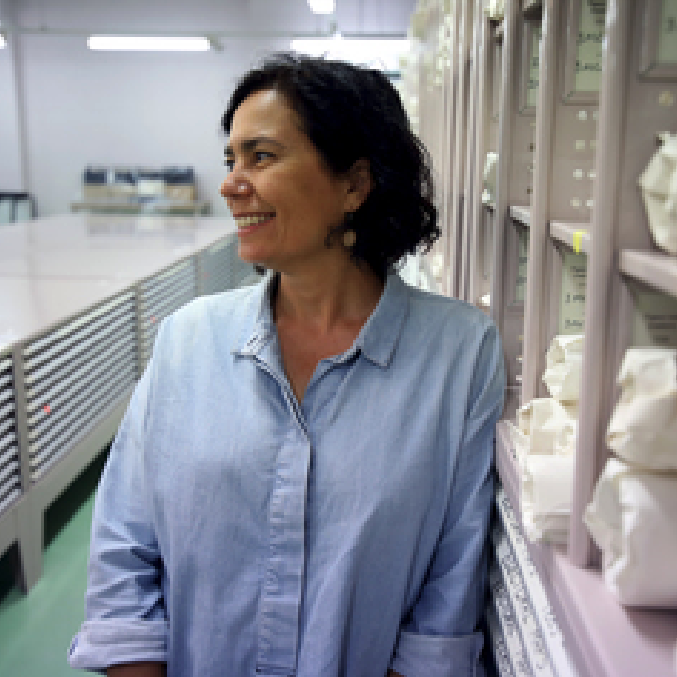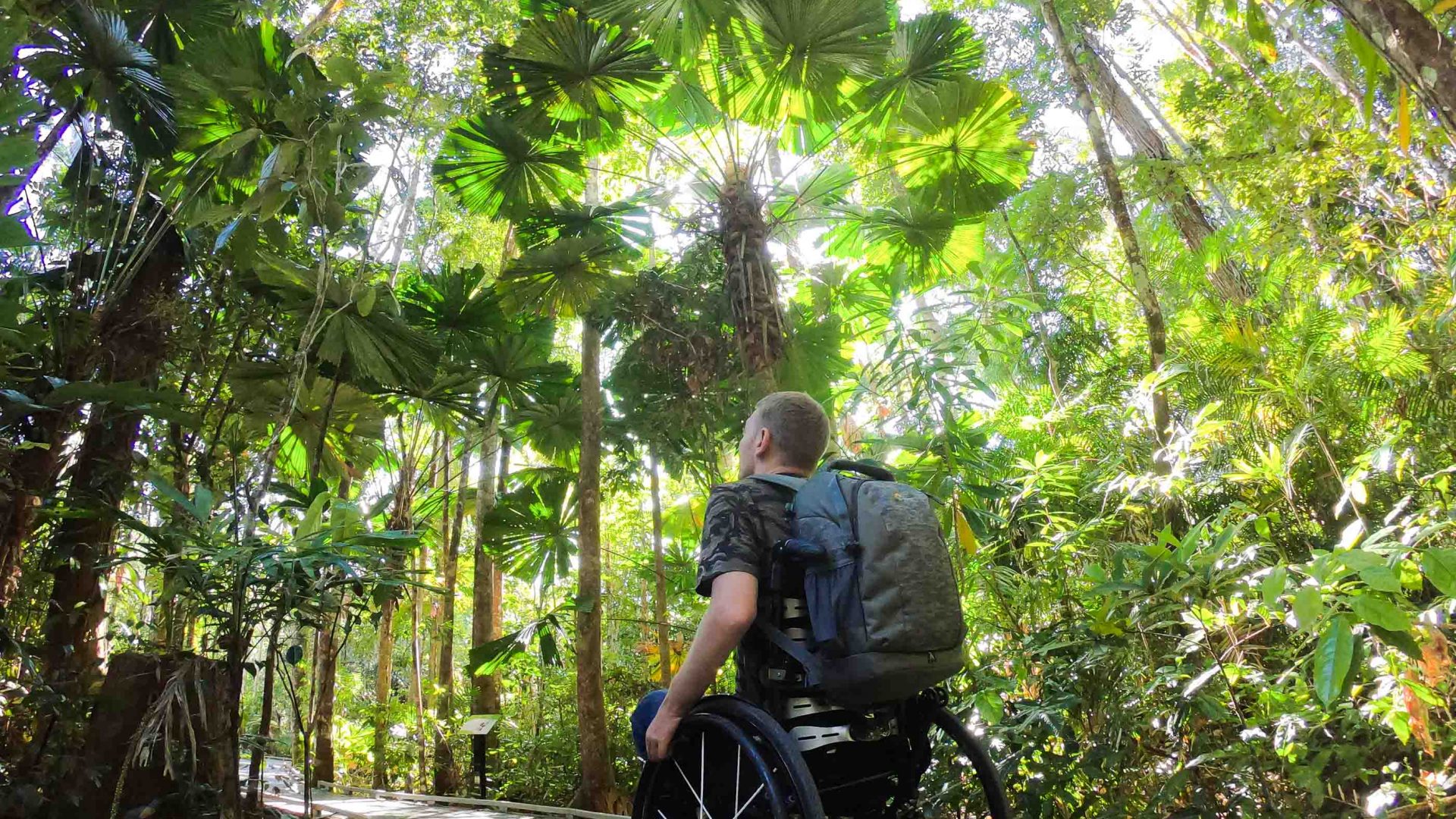It’s been more than 100 days since a rat has been officially detected on Lord Howe Island. But eradicating its rodent refugees is just one chapter in the conservation story of this remote wilderness area, Sarah Reid discovers.
Peering around the tangled roots of an ancient banyan tree, I discover the source of the high-pitched staccato squeaks dominating the rainforest soundtrack: two fluffy brown Lord Howe woodhen chicks, right beside the trail. They must be hungry, as the pair of bantam-sized flightless birds busily foraging for insects on the forest floor nearby—likely the chicks’ parents, which pair for life—don’t seem to be bothered by my presence.
Less than an hour after arriving on Lord Howe Island, a seven-million-year-old crescent of land cradling an idyllic turquoise lagoon some 600 kilometers off the coast of New South Wales, I’d witnessed what would have been a rare sight just a few years ago.
While the eradication of feral pigs, cats and goats in the 1980s and 1990s helped to bring the woodhen back from the brink of extinction (with just 15 recorded in 1980), a 360,000-strong rodent population (that’s roughly 1,000 rodents for each of the island’s 380 residents) was continuing to wreak havoc on Lord Howe’s endemic flora and fauna.
With mice and rats responsible for the extinction of at least five endemic bird species and 13 invertebrate species on the World Heritage-listed island since 1918, drastic action was required to prevent another one.
RELATED: Celebrating K’gari: Why the renaming of Fraser Island is about so much more than a name
Enacted in 2019 after nearly two decades of planning, the Lord Howe Island Rodent Eradication Project saw the deployment of 22,000 traps and more than 40 tonnes of poison dropped via helicopters. With native mammal species limited to a microbat, endemic woodhens and currawongs (a species of passerine birds) were rounded up and housed in custom-built aviaries as a precaution.
By early 2021, it seemed like Lord Howe’s rat problem had been solved. Then, in April, came devastating news. A pair of rats was spotted. The female was pregnant.
Rangers snapped back into action, re-baiting traps and ramping up dog detection patrols. Within the next three months, 96 rodents had been removed.
RELATED: How Byron Bay should be seen: With an Indigenous Elder
While it may be some time yet before the Lord Howe Island Board is confident in declaring the island rodent-free, this is a glorious era to visit this New South Wales outpost, where accessing the island’s beaches now requires dodging dozens of sooty tern nests, and curious woodhens seem to pop out from behind every corner. The shrill calls of nesting flesh-footed shearwaters (locally known as muttonbirds) echo throughout the Kentia palm forest behind Ned’s Beach each evening during my visit, and metallic beetles light up rainforest trails.
As you may have gathered, the Lord Howe experience is all about getting out into nature before winding down at the island’s handful of relaxed restaurants and bars, which as of late 2021 includes Lord Howe’s first brewery-bar. Bicycles are the main form of transport on the 14.55 square-kilometer island, and guest rooms don’t come with keys. There’s no mobile (cell) service, and only limited wi-fi.
While traditional luxury seekers will find it at top boutique stays such as Capella and Island House, the greatest luxury is the opportunity to visit a natural wonder that hasn’t changed much since Lord Howe was first settled in 1834. But this otherworldly isle is arguably facing an even greater challenge than its rat problem.
Having moved to Lord Howe as a weather man in 1980 and never left, Hutton has kept a close eye on climatic changes. “The average daily temperature has been steadily increasing while the rainfall has been steadily declining, which is concerning,” Hutton explained on a tour of the museum, where a climate change display features images of dying rainforest trees and bleached corals caused by extreme weather in recent years.
At particular risk of climate change impacts is the Gnarled Mossy Cloud Forest atop Mt Gower, the 875-meter-high hulk of basalt at the island’s southern end—a misty mountain oasis of rare palms and twisted rainforest trees dripping with frilly lichens, neon mosses and delicate orchids.
Ascending Mt Gower with guide Dean Hiscox of Lord Howe Environmental Tours, it’s like hiking into a fairy tale—of the Grimm’s variety. On the summit plateau, Hiscox, who worked as a Lord Howe Island Board Ranger for 16 years before launching his ecotourism business, shows me a large opening in the canopy created by a cluster of dead and dying rainforest trees. Now exposed to direct sunlight typically filtered by the canopy, many surrounding plants also look sickly.
“This has never been recorded in the human history of Lord Howe,” says Hiscox, whose wife Roslyn hails from one of the island’s founding families. “Now we’re seeing such dramatic changes so quickly, there’s a risk that we could lose this forest really soon. And this is the only place like it in the world.” Indeed, the critically endangered ecosystem is home to 86 per cent of the island’s endemic plant species.
Hiscox’s words weigh on me as I shimmy down the mountain with the aid of fixed ropes, the dramatic views combined with precarious cliff-side traverses en route making it one of Australia’s most spectacular day hikes.
With only 400 visitors allowed on the island at any one time, a solar-driven renewable energy project completed in early 2021 now generating more than 70 per cent of its electricity needs, single-use plastics shirked, and local restaurants and cafés leaning on local produce such as kingfish and hydroponic vegetables, Lord Howe is a global leader in sustainable tourism.
And with the Glasgow Declaration on Climate Action in Tourism launched at 2021’s COP26 summit highlighting the need for meaningful climate action across the entire tourism industry, every traveler has a role to play in protecting places like Lord Howe Island.
But as flying is the only way to get here—unless you own a yacht—visiting isn’t exactly carbon-friendly. So if you go to Lord Howe, make it count. Offset your flight. Stay for as long as you can. And take care to tread lightly, on the island and also back at home.
–––



